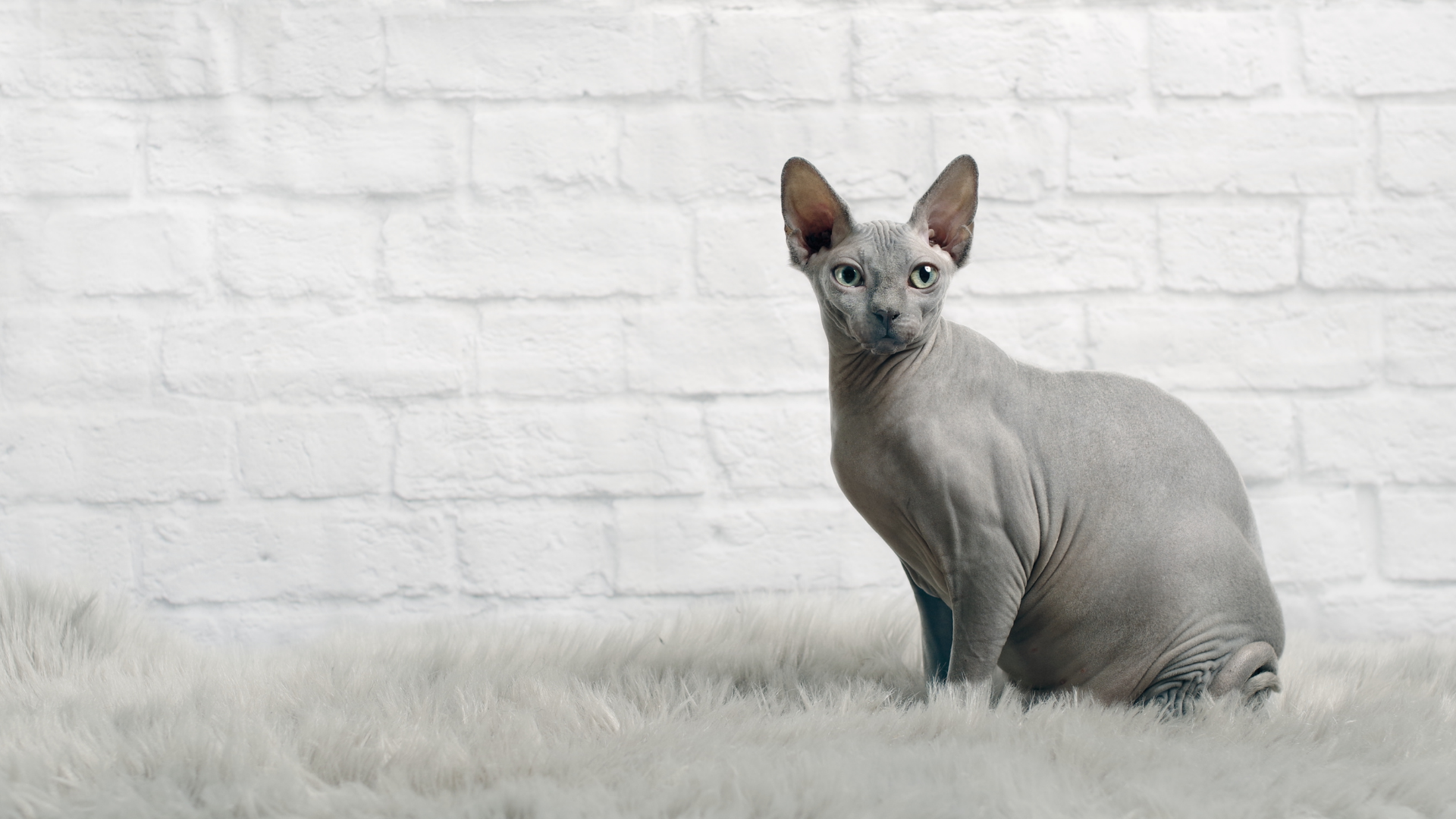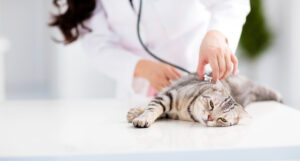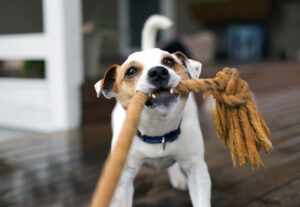Sphynx | Breed highlights
| Breed: | The Sphynx is a medium-sized pedigree cat. Sphynxes are recognisable for their hairless appearance, few or no whiskers and body wrinkles. |
| Coat type: | The Sphynx cat doesn’t have a coat as such; however, their bodies have light, downy fur. Textures can vary from soft and suede-like to peach fuzz. |
| Shedding: | Moderate levels of shedding year-round. Maine Coon cats shed more seasonally (Spring and Autumn). |
| Grooming: | Due to being hairless, the breed does not shed. |
| Activity level: | Moderate to high. |
| Apartment friendly: | Yes |
| Small children: | Yes |
| Other pet friendly: | Yes |
What type of breed is a Sphynx?
The Sphynx is one of the most distinctive feline breeds. They are unique for their hairlessness and highly social, outgoing and affectionate nature. The Sphynx has a striking appearance as, in addition to hairlessness, they have large batlike ears, high cheekbones, few or no whiskers and skin folds. Skin folds (wrinkles) covering the face and neck, give the breed a particularly expressive appearance. Sphynxes are medium-sized and lightly muscled cats. The breed comes in a broad range of colours and fur markings.
History of the Sphynx
The Sphynx cat may draw its namesake from ancient Egyptian statues worn smooth by wind and sand; however, the breed’s history is relatively modern. Sphynxes originated in Canada in 1966 and were first known as “The Canadian Hairless”, “Moonstone Cats” and “Canadian Sphynx”. The breed is less a product of design and more one of default: a genetic mutation which causes hairlessness. The breed’s history includes a record of a domestic shorthair cat that gave birth to a hairless kitten.
This kitten, recognised for its unique appearance, was bred to develop the hairless gene. Breeding programs created at the time to establish the Sphynx focussed on retaining the breed’s appearance while developing a healthy and hardy cat breed.
Sphynx appearance and characteristics
Sphynxes are medium to large, lightly muscled cats. The breed can come in any hue or cat pattern; skin colour reflects this. Although hairless, most Sphynxes have a covering of down. The texture of this ranges from soft chamois to fuzzy peach.
In terms of maintenance, the breed’s lack of fur doesn’t offset the need for care and attention. Sphynxes require more – not less – grooming than other breeds. Hairless cats like the Sphynx have skin prone to developing oily deposits. Regular bathing is essential, as is using a gentle, cat-friendly shampoo. Introducing a Sphynx kitten to bathing can help it become familiar with the process. In addition, skin folds need to be kept clean and dry. A pet-friendly moisturiser may also be necessary to keep your Sphynx’s skin hydrated.
Sphynx personality and temperament
Sphynxes may have a somewhat unusual appearance, but their demeanour is anything but! The breed loves attention and is notable for its healthy drive for social interaction. Part of the appeal of Sphynx is their natural curiosity – a trait that makes them very interactive. They are inclined towards playfulness and will happily interact with people or pets. This aspect of the breed’s personality makes the Sphynx ideal for families with children and households with other animals.
As well as playing on the ground, the breed is fond of heights. Cat towers with various levels and ledges are especially suitable; often come with small toys attached and double as scratching posts. The Sphynx can be quite a vocal and isn’t shy about letting its pet parents know what it needs.
Sphynx breed traits
Sphynxes – known for their hairlessness – aren’t necessarily a hypoallergic breed. While the breed ranks lower for its potential to activate allergy symptoms triggered by dander and fur, they are not entirely safe for allergy sufferers.
It is a misconception that fur causes cat allergies in humans. The problem lies with a protein (Fel D1) produced in the cat’s saliva, skin, and urine. While Sphynxes release fewer airborne allergens, the breed still produces Fel D1. While shedding fur is less of a problem with the breed, the protein on the Sphynx’s skin may still trigger symptoms in some.
If you are considering a Sphynx and suffer from a cat allergy, spending time with the breed can determine the degree to which you may be affected.
Sphynx lifespan
A healthy Sphynx has a life expectancy of around 10 to 15 years.
The dos and don’ts of caring for a Sphynx
Do: Make sure that a grooming routine includes ear cleaning. Wax and debris can build up in the ears, resulting in ear infections. To master the technique, watch PetSure’s Masterclass video for vet-approved methods.
Don’t: Ignore the fact your Sphynx has a pot belly! While a rounded stomach is a feature of the breed, managing their diet is as essential for them as any other breed. Your vet can advise on the correct type of food and portion size to keep your Sphynx healthy.
Common Conditions for the Sphynx
| Conditions | Symptoms can include~ | Highest cost for a single treatment* |
| Gastrointestinal Tract Diseases | · Diarrhoea, vomiting or constipation · Blood or mucous in stool/vomit · Increased frequency/urgency passing stool · Weight loss · Changes in appetite · They may seem more tired than usual | $3,241 |
| Otitis Externa (ear infection) | · Scratching, rubbing or pawing at one or both ears ·Head shaking ·Odour or discharge from the ears ·Ears may be red or warm to the touch | $1,114 |
| Cardiomyopathy | · Difficulty breathing · Lethargy, loss of appetite · Exercise intolerance · Sudden paralysis · Bluish tinge to pink coloured skin · Collapse · Sudden death | $12,289 |
| Conjunctivitis | · Watery eye/s · Discoloured discharge from the eye/s · Red eyes · Squinting in one or both eyes | $576 |
| Allergic skin disease | ·Excessive grooming or scratching ·Hair loss ·Scabby skin ·Wounds, grazes, ulcers, open sores on the skin ·Ear infections | $2,085 |
Disclaimer: Reimbursement for these claims would be subject to limits, such as annual benefit limits or sub-limits, benefit percentage, applicable waiting periods and any applicable excess. Cover is subject to the policy terms and conditions. You should consider the relevant Product Disclosure Statement or policy wording available from the relevant provider.
* Please note that the values calculated are based on all claims for that condition and medically related conditions in each calendar year.
Types of pet insurance from PetSure
The different types of pet insurance from PetSure include:
| Accidents | This product provides cover for specified traumatic accidental injuries up to an annual policy limit, which is usually between $8,000 – $15,000. It’s important to know that only defined accidents, as listed in the policy’s Product Disclosure Statement, will be covered (other accidents and illness conditions will not be covered). More information on what is typically covered and not covered in our find a policy page. |
| Basic care | This product provides more limited cover for both accidental injuries and illness conditions, with a stated Benefit Percentage that can range from 60-90%. Treatments and medications for eligible conditions are typically covered subject to the applicable policy limits. More information on what is typically covered and not covered in our find a policy page. |
| Indoor cats | This product provides cover for a list of specified conditions, tailored to the needs of indoor cats (who lead a very different lifestyle to cats that can also venture outdoors). With a stated benefit percentage that’s typically 80%, you can claim up to an annual maximum limit each year, which resets on renewal. More information on what is typically covered and not covered in our find a policy page. |
| Comprehensive / Accident and Illness | This product provides comprehensive cover for both accidental injuries and illness conditions, with a stated Benefit Percentage that will typically range from 70-85%. You can claim up to an annual maximum limit each year, which resets on renewal. sub-limits for certain items may also apply. More information on what is typically covered and not covered in our find a policy page. |
Pet insurance can help by covering a portion of the eligible vet bill if the unexpected happens. Because it is difficult to predict the costs of veterinary care, it can help to have measures in place to help prepare for the unexpected. Check out our partner network and explore our policy tools to find a pet insurance policy. Not all conditions or items are covered by Pet Insurance. Refer to the applicable Product Disclosure Statement for information about coverage and exclusions.
Insurance products are issued by The Hollard Insurance Company Pty Ltd ABN 78 090 584 473, AFSL 241436 (Hollard) and/or PetSure (Australia) Pty Ltd ABN 95 075 949 923, AFSL 420183 (PetSure) (from 8 May 2023 only), administered by PetSure and promoted and distributed through their authorised representatives and distribution partners.
Any advice provided is general only and does not take into account your individual objectives, financial situation or needs. Cover is subject to the policy terms and conditions. Please consider the Product Disclosure Statement (PDS) to ensure this product meets your needs before purchasing, or choosing to continue with the product. PDS and Target Market Determination available on our partners’ websites. Meet our partners at petsure.com.au/partners.
Frequently Asked Questions
Yes, they can. As hairless cats, this breed is at risk of getting sunburned. This breed’s skin has less melanin, especially those that are pale or light. Melanin gives the skin its colour and protects it from the sun’s harmful effects. Use a specially formulated cat sunscreen or keep your Sphynx’s skin covered with light clothing.
Sphynx cats are no more aggressive than other cats. If threatened or hurt, they may scratch or hiss. Cats are naturally territorial and may fight with new or unknown cats.
While the breed may want to explore an outdoor area, supervision is required. As a hairless breed, Sphynxes are vulnerable to temperature extremes. Keeping them indoors will allow potential owners to keep them warm, safe, and protected.
Yes. Fleas feed on the blood of animals and they hide in the fur. Fleas on a Sphynx may be easier to spot.
Did you know?
The gene responsible for the Sphynx’s hairlessness is that which also influences the curly coat of the Devon Rex and Selkirk Rex breeds.
References
- The Cat Fanciers Association, About the Sphynx available at: https://cfa.org/sphynx/
- Wikipedia, Sphynx, available at: https://en.wikipedia.org/wiki/Sphynx_cat
- UC Davis Veterinary Medicine, Sphynx and Devon Rex Coats, available at: https://vgl.ucdavis.edu/test/sphynx-and-devon-rex-coats
- http://catstourguide.com/sphynx-cats-and-sunburns-5-things-you-must-know/
- https://www.hillspet.com/cat-care/cat-breeds/sphynx
- https://cat-world.com/why-are-sphynx-cats-bald/
- https://www.burkesbackyard.com.au/fact-sheets/pets/pet-road-tests/cats/ragdoll-cats/
Pet insurance can help by covering a portion of the eligible vet bill if the unexpected happens. Because it is difficult to predict the costs of veterinary care, it can help to have measures in place to help prepare for the unexpected. Check out our partner network and explore our policy tools to find a pet insurance policy.
Not all conditions or items are covered by Pet Insurance. Refer to the applicable Product Disclosure Statement for information about coverage and exclusions.



 Fact checked
Fact checked





